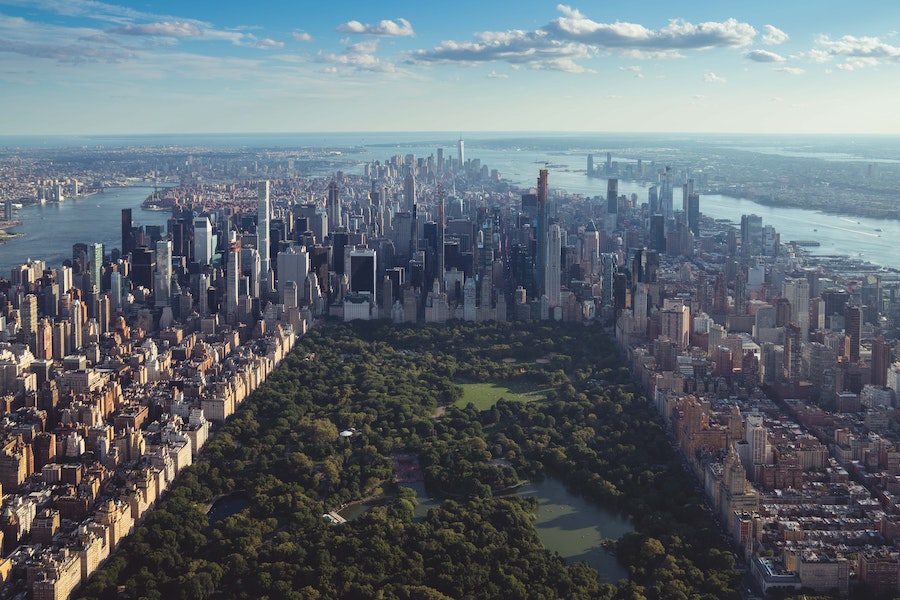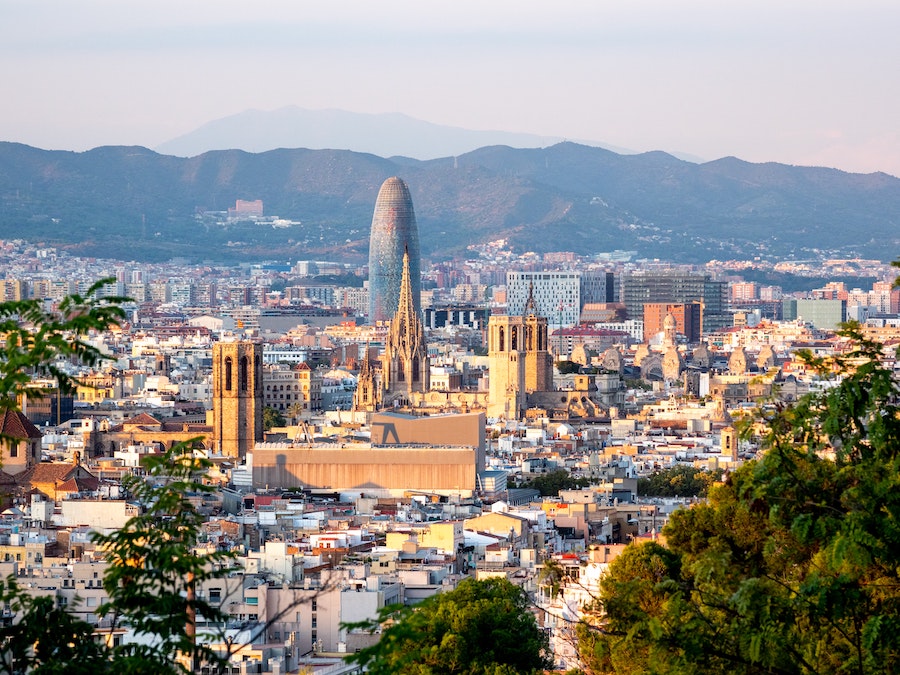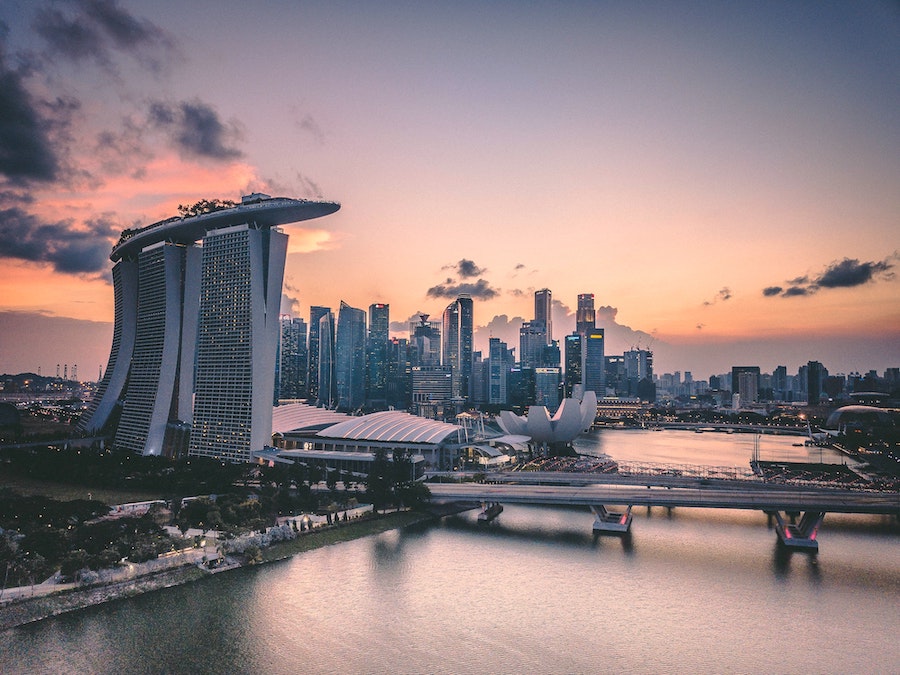With overpopulation increasing per day in urban areas of each city, it is difficult not to wonder how will all of these people get around cities? And how will cities meet their fundamental needs for energy, water, sanitation, and other necessities?
The answer is leveraging technology and integrating this population into new mechanisms that make a city function better. This exciting time presents new technological breakthroughs that are changing the way we live. Technology has an impact on almost every aspect of our life. Even the cities and municipalities we live in are undergoing significant changes to make our everyday lives better, more efficient, and sustainable. The answer lies in smart cities.
According to the seventh edition of the IESE Cities in Motion Index 2020, for a city to be considered smart and sustainable, the level of development measured across these nine dimensions is considered imperative. These include the economy, the environment, governance, human capital, international projection, mobility and transportation, social cohesion, technology, and urban planning.
5 cities that are leading in innovative change
London
The Office of Technology in London is aiming to make London a smart city. They are working on several projects to boost innovation and technology at all levels. They’re accomplishing this in a number of ways, from 5G drones to lampposts with a collection of sensors and charging points for electric vehicles and all in the works.

New York
The city is currently undergoing digital transformation to make the government more responsive, save money, improve efficiency, and better analyze the landscape of New York, including projects from both the public and commercial sectors. For example, the city undertook a pilot project that involved installing hundreds of smart sensors and a low-power wide-area network in key business districts.

Barcelona
The city held the first Smart City Expo and World Congress in 2011 to promote a self-sufficient city of productive communities operating at human speed within a hyper-connected zero-emission metropolitan area. It’s also home to plenty of projects that constantly place it among the world’s best smart cities. For example, the city has been working on an extensive effort to provide free wifi services throughout the city. Local governments have worked on developing a series of apps to keep individuals informed and involved in what is going on in their communities.

Tokyo
Tokyo is prioritizing energy efficiency in several of its smart city policies. The city is attempting to put technology in place that will help it become more efficient and environmentally friendly. However, being a global metropolis with significant technological influence, Tokyo’s vision of a smart city has changed in recent years towards the social dimension. These initiatives are crucial to addressing concerns such as the country’s ageing population.

Singapore
With 8,000 inhabitants per square kilometre, Singapore is the world’s second-most densely populated city. Faced with an ageing population, the government relies on technological advances to boost productivity in an already developed economy. Its Smart Nation goal entails deploying sensors to collect data from all over the city digitally. Data on traffic volume and pedestrian activity is recorded and transmitted to relevant agencies for analysis and action. Singapore was also the first city in the world to launch a system of driverless taxis and plans to launch similar buses by the end of the year 2022.









